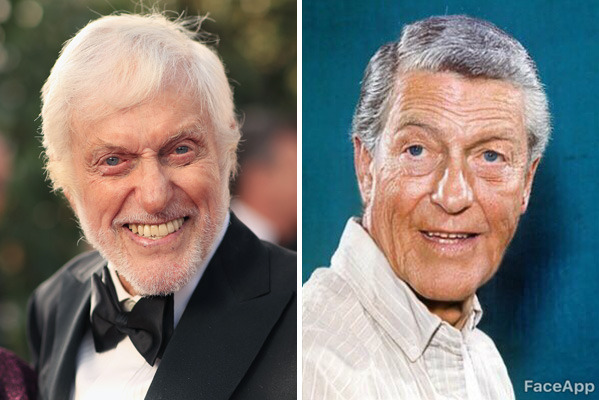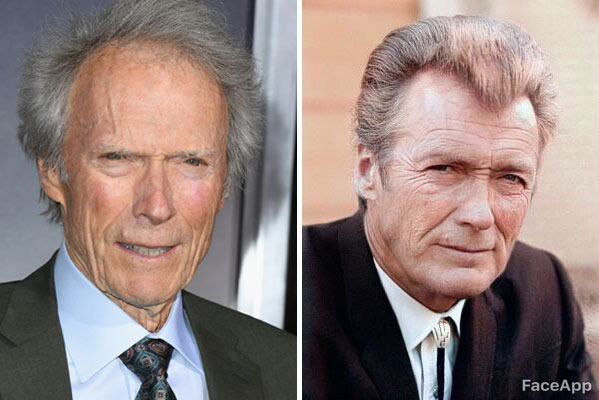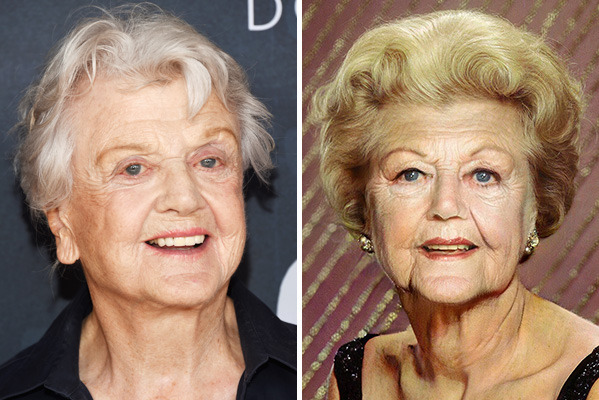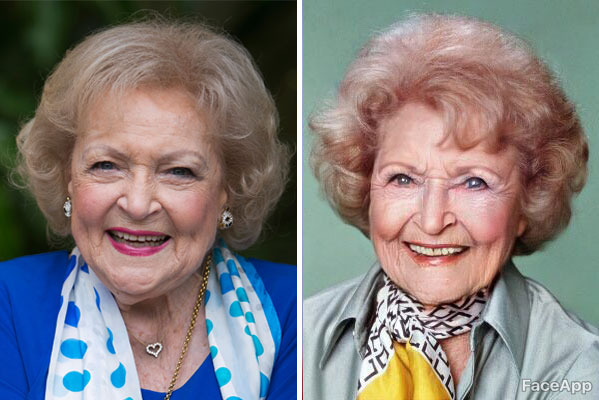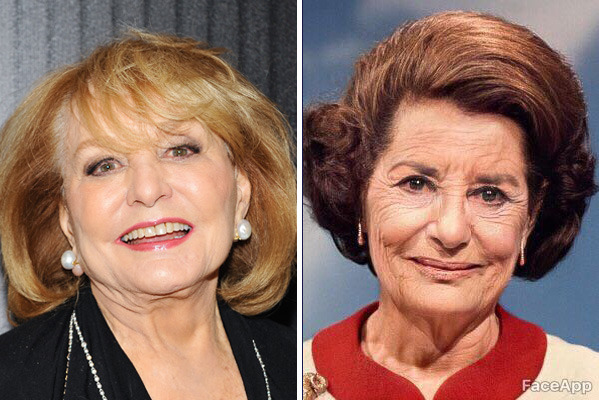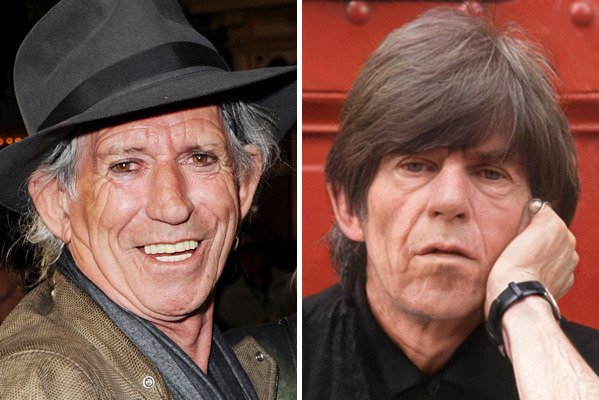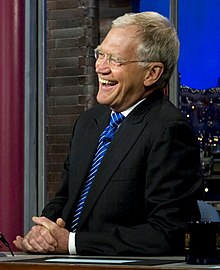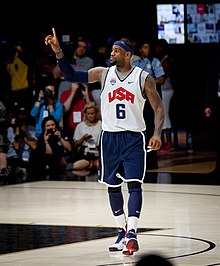CELEBRITY AS A SUBJECT MATTER
Celebrity is the fame and public attention accorded by the
mass media to individuals or groups or, occasionally, animals, but is usually applied to the persons or groups of people (celebrity couples, families, etc.) themselves who receive such a status of fame and attention. Celebrity status is often associated with
wealth (commonly referred to as
fame and fortune), while fame often provides opportunities to earn revenue.
Successful careers in
sports and
entertainment are commonly associated with celebrity status, while
political leaders often become celebrities. People may also become celebrities due to media attention on their lifestyle, wealth, or controversial actions, or for their connection to a famous person.
History
Athletes in
Ancient Greece were welcomed home as heroes, had songs and poems written in their honor, and received free food and gifts from those seeking
celebrity endorsement.
Ancient Rome similarly lauded actors and notorious gladiators, and
Julius Caesar appeared on a coin in his own lifetime (a departure from the usual depiction of battles and divine lineage).
In the early 12th century,
Thomas Becket became famous following his murder. He was promoted by the Christian Church as a martyr and images of him and scenes from his life became widespread in just a few years. In a pattern often repeated, what started out as an explosion of popularity (often referred to with the suffix 'mania') turned into long-lasting fame: pilgrimages to Canterbury Cathedral where he was killed became instantly fashionable and the fascination with his life and death have inspired plays and films.
The cult of personality (particularly in the west) can be traced back to the Romantics in the 18th century, whose livelihood as artists and poets depended on the currency of their reputation. The establishment of cultural hot-spots became an important factor in the process of generating fame: for example, London and Paris in the 18th and 19th centuries. Newspapers started including gossip columns and certain clubs and events became places to be seen in order to receive publicity.
The movie industry spread around the globe in the first half of the 20th century and with it the now familiar concept of the instantly recognizable faces of its superstars. Yet, celebrity was not always tied to actors in films, especially when cinema was starting out as a medium. As Paul McDonald states in
The Star System: Hollywood's Production of Popular Identities, "in the first decade of the twentieth century, American film production companies withheld the names of film performers, despite requests from audiences, fearing that public recognition would drive performers to demand higher salaries.Public fascination went well beyond the on-screen exploits of
movie stars and their private lives became headline news: for example, in Hollywood the marriages of
Elizabeth Taylor and in
Bollywood the affairs of
Raj Kapoor in the 1950s.
The second half of the century saw television and popular music bring new forms of celebrity, such as the rock star and the pop group, epitomised by
Elvis Presley and
the Beatles, respectively.
John Lennon's highly controversial 1966 quote: "We're more popular than
Jesus now," which he later insisted was not a boast, and that he was not in any way comparing himself with Christ, gives an insight into both the adulation and notoriety that fame can bring. Unlike movies, television created celebrities who were not primarily actors; for example, presenters, talk show hosts, and news readers. However, most of these are only famous within the regions reached by their particular broadcaster, and only a few such as
Oprah Winfrey,
Jerry Springer, or
David Frost could be said to have broken through into wider stardom.
In the '60s and early '70s, the book publishing industry began to persuade major celebrities to put their names on autobiographies and other titles in a genre called celebrity publishing. In most cases, the book was not written by the celebrity but by a ghost-writer, but the celebrity would then be available for a book tour and appearances on talk shows.
Regional and cultural implications[edit]
Cultures and regions with a significant population may have their own independent celebrity systems, with distinct hierarchies. For example, the Canadian province of
Quebec, which is French-speaking, has its own system of French-speaking television, movie and music celebrities. A person who garners a degree of fame in one culture may be considered less famous or obscure in another. Some nationwide celebrities might command some attention outside their own nation; for example, the singer
Lara Fabian is widely known in the
French-speaking world, but only had a couple of
Billboard hits in the U.S., whereas the francophone Canadian singer
Celine Dion is well known in both the French-speaking world and in the United States.
Regions within a country, or cultural communities (linguistic, ethnic, or religious) can also have their own celebrity systems, especially in linguistically or culturally distinct regions such as
Quebec or
Wales. Regional radio personalities,
newscasters, politicians or community
leaders may be local or regional celebrities.
In politics, certain politicians are recognizable to many people, usually the head of state and the Prime Minister. Yet only heads of state who play a major role in international politics have a good chance of becoming famous outside their country's borders, since they are constantly featured in
mass media.
The President of the United States, for instance, is famous by name and face to millions of people around the world. Since World War II the
U.S. Presidential elections are followed closely all across the globe, making the elected candidate instantly world-famous as a result. In contrast, both the
Pope and
The Dalai Lama are far more famous under their official title than under their actual names. Usually when politicians leave active politics their recognizability tends to diminish among general audiences, as other politicians replace them in their official political functions. Certain politicians, however, are still famous today, even decades or centuries after they were in power. They owe their fame to historical deeds which are kept in memory in history classes, for instance people like
Julius Caesar,
Genghis Khan,
Napoleon Bonaparte,
Abraham Lincoln and
Mao Zedong.
Scandal can also unwillingly make certain politicians famous, even among those who are not particularly interested in politics.
English-speaking media commentators and journalists will sometimes refer to celebrities as belonging to the
A-List or state that a certain actor belongs to the
B-List, the latter being a disparaging context. These informal rankings indicate a placing within a hierarchy. However, due to differing levels of celebrity in different regions, it is difficult to place people within one bracket. A Brazilian actor might be a B-list action film actor in the U.S., but an A-list star in Portugal.
Criminals can also become world-famous if the media cover their crimes, arrest, trial and possible punishment extensively and/or if the crime itself is sensational enough. Assassins of high-profile celebrities can become famous, like
Brutus who is remembered for murdering
Julius Caesar. People who commit extremely gruesome crimes can also achieve infamy, such as Nazi doctor
Josef Mengele. Certain criminals have achieved lasting fame thanks to romanticization in popular culture, such as
Guy Fawkes,
Blackbeard,
Billy the Kid and
Bonnie & Clyde. Others owe their fame to never being identified or caught, like
Jack the Ripper, or by regularly being interviewed in jail, like
Charles Manson. However, certain criminals are covered far less extensively in media and, as such, do not become very famous at all. In other cases the huge media coverage disappears after the conclusion of their trial, causing them to fade in obscurity again. This has even happened to people who commit high-profile crimes, like
François Ravaillac whose murder of
Henry IV of France in 1610 is nowadays only remembered by people with historic knowledge. In some cases people who've been acquitted of certain crimes are still remembered as being guilty today, like
Lizzie Borden, showing that the sensation occasionally overshadows the actual facts.
Fictional implications.
The same phenomenon is true for fictional characters.
Sherlock Holmes,
Dracula,
Frankenstein's Monster and
James Bond continue to be portrayed in film, television and literature decades after the original stories were published.
Superman,
Spider-Man,
The Hulk,
Wonder Woman, and
Batman represent super heroes to a far wider audience than that of the comics and graphic novels in which they appear. The same can be said about other comics characters which enjoy international distribution and syndication such as
Popeye,
Tintin,
Snoopy,
Astérix,
Garfield and
Astro Boy.
Disney have theme parks around the world which rely on the fame of its creations headed by
Mickey Mouse. Thanks to the global reach of film and television characters like
King Kong,
Godzilla,
The Flintstones,
The Muppets and
The Simpsons are instantly recognizable to millions. Certain fictional characters known from TV series have become so famous that their names are more well known than those of the actors who perform them. A good example is
Larry Hagman who played
J.R. Ewingon the TV series
Dallas. When his character was shot during a
cliffhanger episode without the viewers knowing who was the killer, it caused a media hype around the question:
Who Shot J.R.?. By the time the answer was given in the first episode of the next season millions of people instantly recognized Hagman's face as J.R. rather than that of himself. Some characters from video and computer games have developed a celebrity life beyond these media, such as
Mario,
Lara Croft and
Pikachu. Certain advertising characters have also become iconic thanks to decades of constant merchandising, such as
Ronald McDonald ,
Bibendum and
Hello Kitty.
Becoming a celebrity

Shah Rukh Khan is an Indian actor, producer, businessman, investor, author, philanthropist, activist, host and much more.
People may become celebrities in a wide range of ways; from their professions, following appearances in the media, or by complete accident. The term "instant celebrity" describes someone who becomes a celebrity in a very short period of time. Someone who achieves a small amount of
transient fame (through, say,
hype or mass media) may become labeled a "B-grade celebrity". Often, the generalization extends to someone who falls short of mainstream or persistent fame but who seeks to extend or exploit it.
Success.
There are, of course, no guarantees of success for an individual to become a celebrity. Though celebrities come from many different working fields, most celebrities are typically associated with the fields of sports and entertainment, or a person may be a public figure who is commonly recognizable in mass media with commercial and critical acclaim.
Though glamour and wealth may certainly play a role for only famous celebrities, most people in the sports and entertainments spheres, be it music, film, television, radio, modelling, comedy, literature etc. live in obscurity and only a small percentage achieve fame and fortune.
Outside of the sports and entertainment sphere, the top inventors, professionals such as doctors, lawyers, and scientists, etc. are unlikely to become celebrities even if they are enormously successful in their field due to society's disinterest in science,
invention,
medicine, and courtroom law which is not fictional. American microbiologist
Maurice Hilleman is credited with saving more lives than any other medical
scientist of the 20th century.
[15] After Hilleman's death
Ralph Nader wrote, "Yet almost no one knew about him, saw him on television, or read about him in newspapers or magazines. His anonymity, in comparison with Madonna, Michael Jackson,
Jose Canseco, or an assortment of grade B actors, tells something about our society's and media's concepts of celebrity; much less of the heroic."
Difficulty
A number of
athletes who are unable to turn professional take a second job or even sometimes abandon their athletic aspirations in order to make ends meet. A small percentage of entertainers and athletes are able to make a decent living but a vast majority will spend their careers toiling from hard work, determination, rejection, and frequent unemployment. For minor league to amateur athletes, earnings are usually on the lower end of the pay-scale. Many of them take second jobs on the side or even venture into other occupations within the field of sports such as coaching,
general management,
refereeing, or recruiting and scouting up-and-coming athletes.
[17]
Becoming a celebrity in the U.S.
The
Screen Actors Guild, a union representing actors and actresses throughout
Hollywood reports that the average television and film actor earns less than US$50,000 annually; the median hourly wage for actors was $18.80 in May 2015.
[18][19][20] Actors sometimes alternate between theater, television, and film or even branch into other occupations within the
entertainment industry such as becoming a singer, comedian, producer, or a television host in order to be monetarily diversified, as doing one gig pays comparatively very little. For instance,
David Letterman is well known for branching into
late night television as a
talk show host while honing his skills as a stand-up comedian,
Barbra Streisand ventured into acting while operating as a singer, or
Clint Eastwood, who achieved even greater fame in Hollywood for being a film director and a producer than for his acting credentials.
According to American entertainment magnate
Master P, entertainers and professional athletes make up less than 1% of all millionaires in the entire world. Less than 1% of all runway models are known to make more than US$1000 for every fashion showcase. According to the US
Bureau of Labor Statistics, the median wage for commercial and print models was only $11.22 per hour in 2006 and was also listed one of the top ten worst jobs in the United States.
Wealth.
Forbes Celebrity 100
Forbes Magazine releases an annual
Forbes Celebrity 100 list of the highest paid celebrities in the world. The total earnings for all top celebrity 100 earners totaled $4.5 billion over the course of 2010 alone.
For instance, Forbes ranked
media mogul and
talk show host,
Oprah Winfrey as the top earner "Forbes magazine’s annual ranking of the most powerful celebrities", with earnings of $290 million in the past year. Forbes cites that
Lady Gaga reportedly earned over $90 million in 2010.
[23] In 2010, golfer
Tiger Woods was one of highest-earning celebrity athletes, with an income of $75 million and is consistently ranked one of the highest paid
athletes in the world. In 2013, Madonna was ranked as the fifth most powerful and the highest earning celebrity of the year with earnings of $125 million. She has consistently been among the most powerful and highest earning celebrities in the world, occupying the third place in Forbes Celebrity 100 2009 with $110 million of earnings, and getting the tenth place in the 2010 edition of the list with annual earnings equal to $58 million.
Entrepreneurship and endorsement
Celebrity endorsements have proven very successful around the world where, due to increasing
consumerism, an individual is considered to own a status symbol when they purchase a celebrity-endorsed product Although it has become commonplace for celebrities to place their name with endorsements onto products just for quick money, some celebrities have gone beyond merely using their names and have put their entrepreneurial spirit to work by becoming entrepreneurs by attaching themselves in the business aspects of entertainment and building their own business brand beyond their traditional salaried activities. Along with investing their salaried wages into growing business endeavors, a number of celebrities have become innovative business leaders in their respective industries, gaining the admiration of their peers and contributing to the country's economy.
Numerous celebrities have ventured into becoming
business moguls and established themselves as entrepreneurs, idolizing many well known American business leaders such as
Bill Gates and
Warren Buffett. For instance, basketball legend
Michael Jordan became an active entrepreneur involved with many sports related ventures including investing a minority stake in the
Charlotte Bobcats,
Paul Newman started his own
salad dressing business after leaving behind a distinguished acting career, and rap musician
Birdman started his own
record label, clothing line, and an
oil business while maintaining a career as a rap artist. Brazilian football legend and World Cup winner
Ronaldo became the majority owner of La Liga club
Real Valladolid in 2018. Other celebrities such as
Tyler Perry,
George Lucas, and Steven Spielberg have become successful entrepreneurs through starting their own film production companies and running their own
movie studios beyond their traditional activities of screenwriting, directing, animating, producing, and acting.
Various examples of celebrity turned entrepreneurs included in the table below are:


